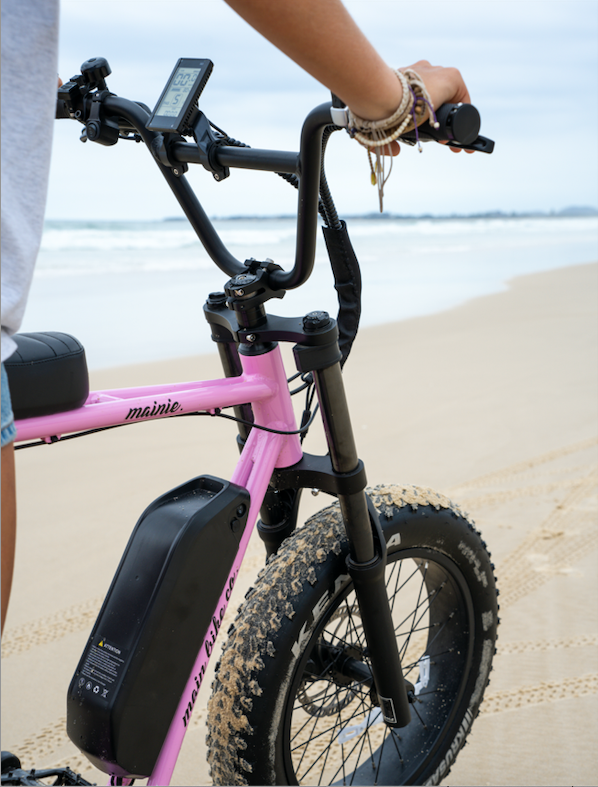
BATTERY SAFETY
KEEP YOURSELF AND YOUR PROPERTY SAFE BY USING YOUR LITHIUM-ION BATTERY RESPONSIBLY.
Lithium-ion batteries are found in many common rechargeable devices, such as phones, laptops, tablets, power tools, e-scooters and e-bikes.
Incidents involving lithium-ion batteries are rare, however, if used incorrectly, these batteries can be dangerous.
It is important to be aware of the risks and to understand how to charge, store and dispose of your battery safely.
CHARGING
ONLY USE COMPATIBLE CHARGERS
Only ever use a compatible charger recommended by the battery’s manufacturer to recharge your battery.
Incompatible chargers are one of the leading causes of fires involving Lithium-ion batteries.
DO NOT OVERCHARGE BATTERY
Once fully-charged, lithium-ion batteries should be disconnected from the power source.
Overcharging batteries may cause them to overheat which increases the risk of fire.
Consider setting a reminder on our phone to disconnect the power once charged.
CHARGE AWAY FROM COMBUSTIBLE MATERIALS
Charge lithium-ion batteries away from combustible materials such as carpet, beds, and lounges.
If possible, charge in a well-ventilated space away from living areas.
AVOID EXTREME TEMPERATURES
Charge the battery in a cool and dry place place, away from direct sunlight.
DISCONTINUE USE IMMEDIATELY IF DAMAGED
Never use batteries or chargers that are overheating or showing signs of damage, including leaking, swelling, smoking, or emitting unusual sounds or odors.
Disconnect the battery from the power source and discontinue use immediately.
AVOID FULL DISCHARGES WHERE POSSIBLE
Avoid draining the battery to 0%. To maximise the lifespan and performance of a lithium-ion battery, it's generally recommended to keep the battery within a moderate state-of-charge range, typically between 20% and 80% or 90%.
STORAGE
PARTIALLY CHARGE BATTERY BEFORE STORAGE
If storing the battery for an extended period of time, charge the battery to around 50% before storage to avoid a full discharge.
Why? Lithium-ion batteries have a limited number of charge-discharge cycles before their capacity starts to degrade. A cycle is defined as one complete charge followed by one complete discharge. By avoiding full discharges, you reduce the number of cycles the battery undergoes, thereby extending its overall lifespan.
AVOID EXTREME TEMPERATURES
Similar to charging, batteries should only be stored in a cool, dry place, with no direct sunlight.
ALLOW BATTERIES TO COOL BEFORE STORING
After use or charging, allow the battery to cool before storing.
DISPOSAL
DO NOT DISCARD OF LITHIUM-ION BATTERIES IN HOUSEHOLD BINS
Lithium-ion batteries should never be discarded in your household’s recycling or general waste bins.
They are a fire risk for waste collection trucks and recycling facilities, and contain toxic materials which, if they end up in landfill, may contaminate the soil or groundwater.
QLD FIRE & EMERGENCY SERVICES RECOMMENDATIONS
For more information about the safe use and disposal of lithium-ion batteries, please see the Queensland Fire & Emergency Services recommendations here.
